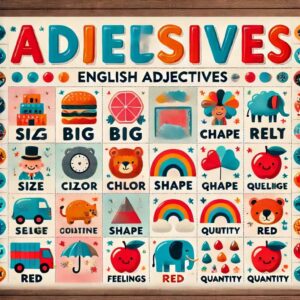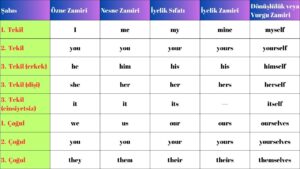Ergative Verbs
In English, Ergative verbs can be used in both transitive and intransitive constructions, and the syntactic and semantic roles of the noun phrases involved can vary. Consider the verb “break” in the following examples:
- Transitive Construction:
- She breaks the vase.
- In this case, “She” is the subject performing the action, and “the vase” is the direct object being acted upon.
- Intransitive Construction:
- The vase breaks.
- Here, “the vase” is the subject undergoing the action, and there is no direct object.
In some languages with ergative-absolutive alignment, the verb would show a different form when used in a transitive construction compared to an intransitive construction. In English, we don’t have this type of morphological distinction on the verb itself, but the syntactic roles of the noun phrases (subject and object) differ in transitive and intransitive constructions, similar to how ergative-absolutive languages behave.














Yorum gönder